
Extravagant in bountiful blossoms, Echinacea is an herbaceous perennial prized for being strong and beautiful.
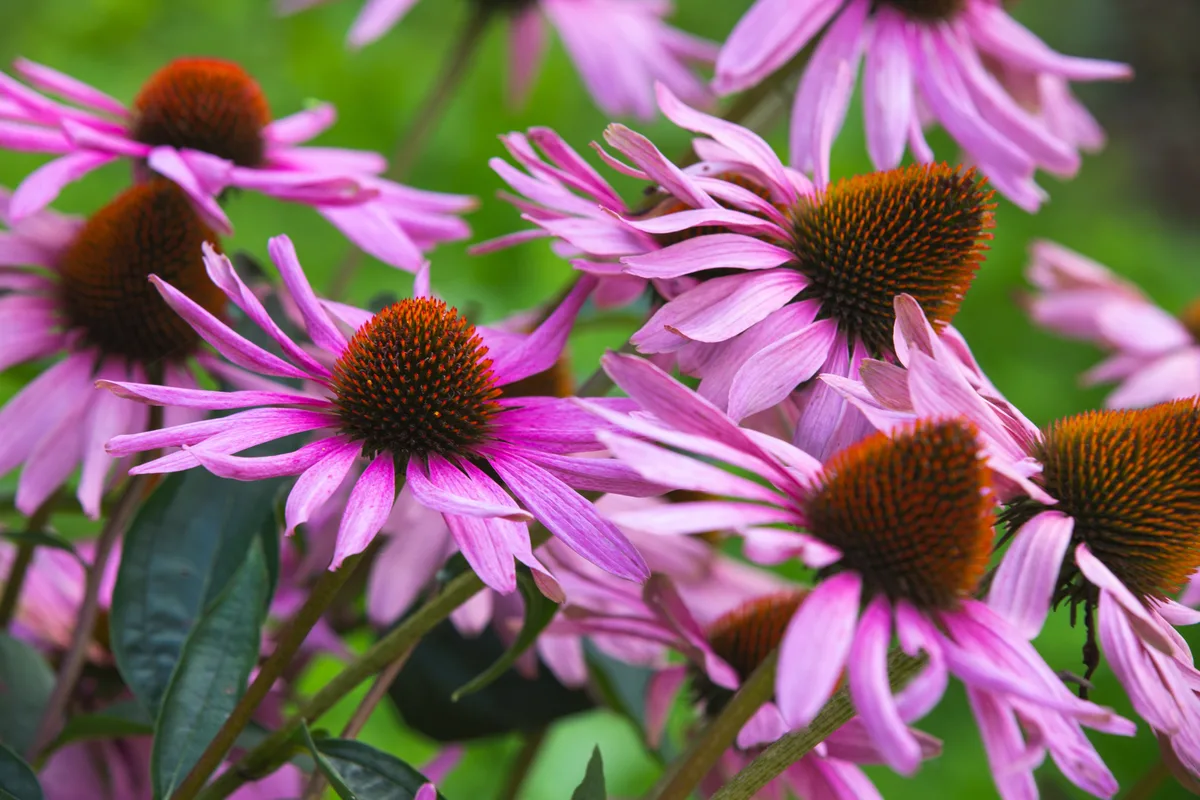
An easy-going, bee and butterfly magnet, Echinacea is on the must-grow list of gorgeous native perennials.
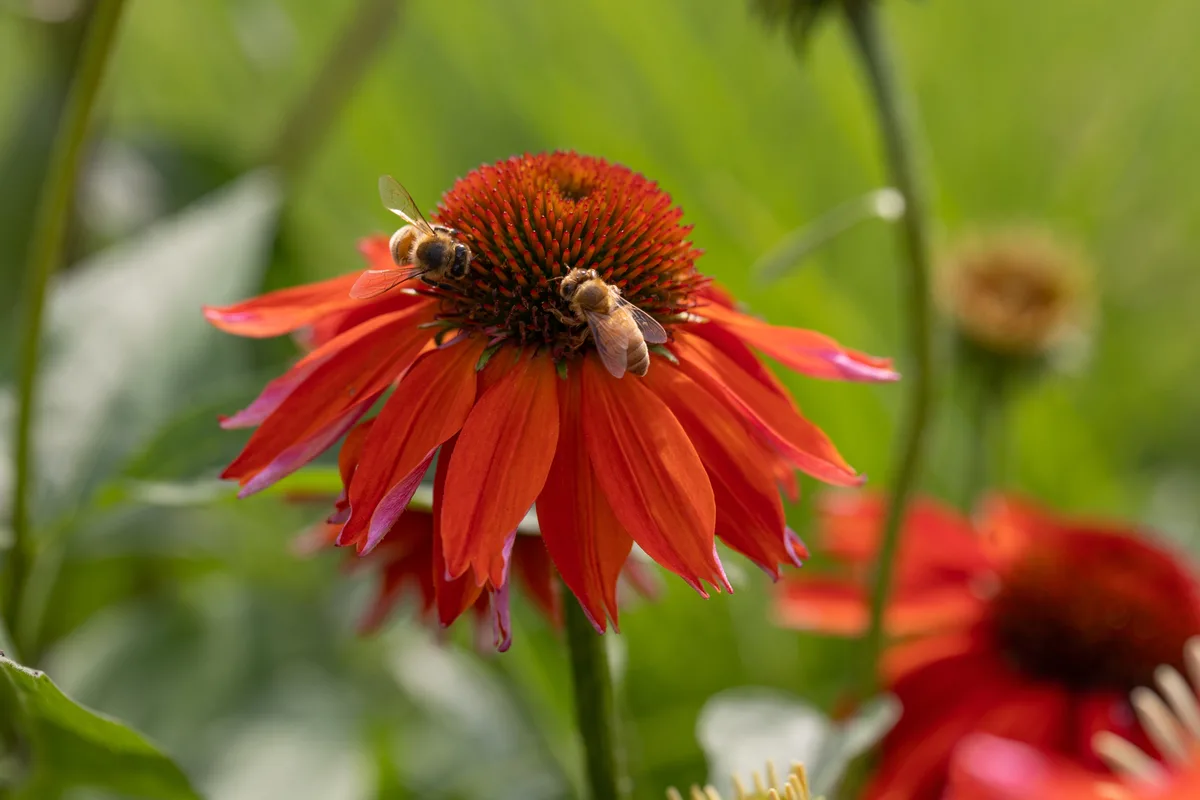
Echinacea, or coneflower, has many stunning hybrids with showy flower variations in almost every color imaginable.
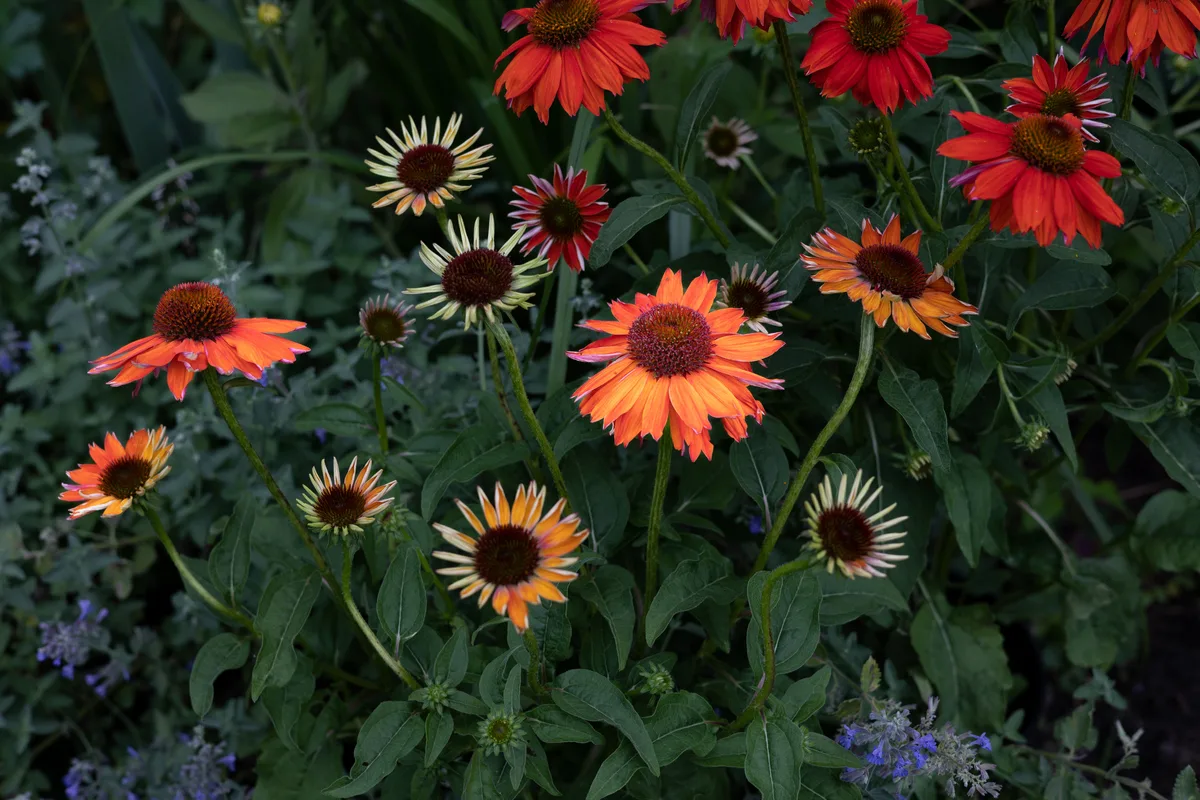
Echinacea purpurea, purple coneflower is the native species famous for attracting beneficial bees and butterflies as well as for medicinal use.
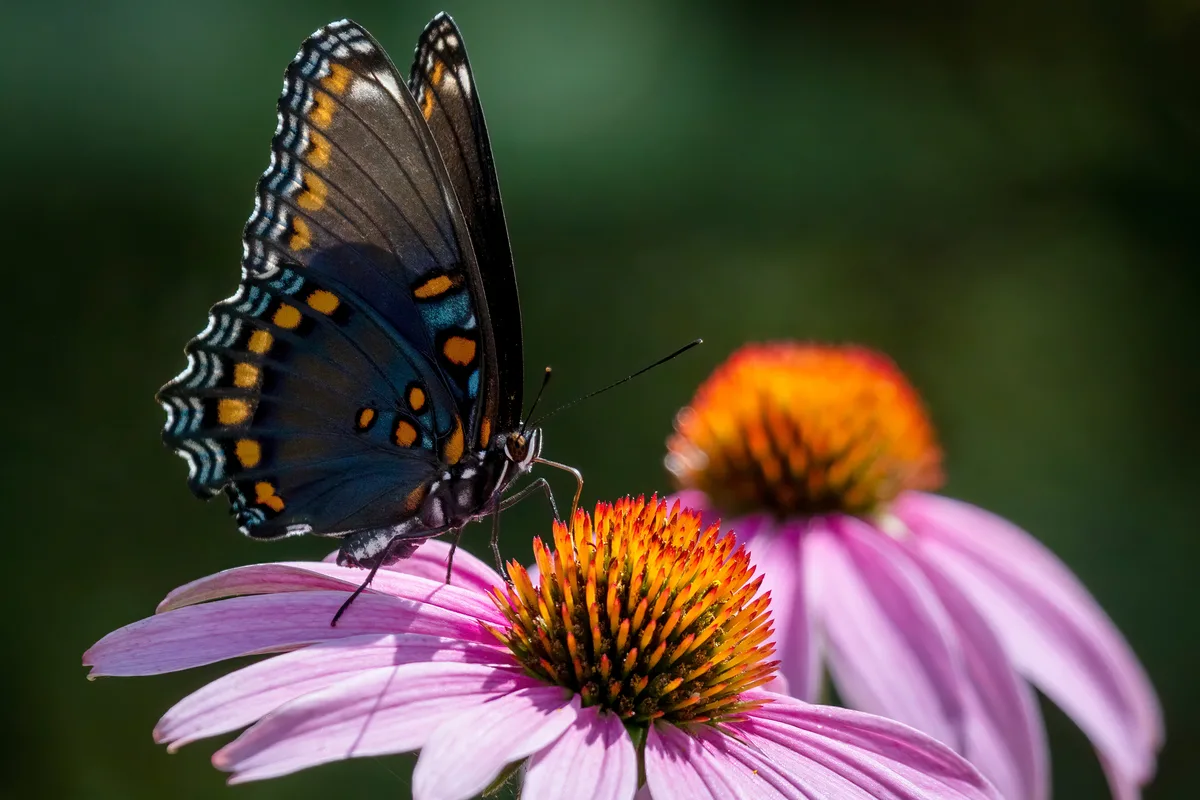
20 Reasons to Grow Echinacea
- Woodland Herbaceous Perennial Native to Eastern North America
- Wildly Adaptable and Tolerant of Many Growing Conditions
- Our #2 Best Perennial for Full Sun
- Our #3 Best Shade Tolerant Wildflower
- Drought Tolerant Once Established
- Echinacea Attracts Bees
- And It Attracts Butterflies
- It Also Attracts Birds
- Long-Blooming Season
- Late-Blooming, Re-Blooming, and Fall Blooming
- Echinacea is Contagious in Cottage Gardening
- Long-Living Perennial
- Deer Resistant Perennial
- Our #1 Best Companion Plant for Lavender
- Echinacea is Phenomenal for Dried Flower Crafts
- And Fantastic in a Cut Flower Garden
- Low-Maintenance
- New Stunning Varieties of White, Orange, Yellow, Red, and Multiple Colors.
- Impossibly Pink Echinacea Flowers
- Gigantic Perennial Blossoms of the Purple Persuasion
Where Might You Grow Echinacea?
Tidy enough for the formal perennial border, echinacea’s abundant, long-lasting blooms are glorious planted in drifts.
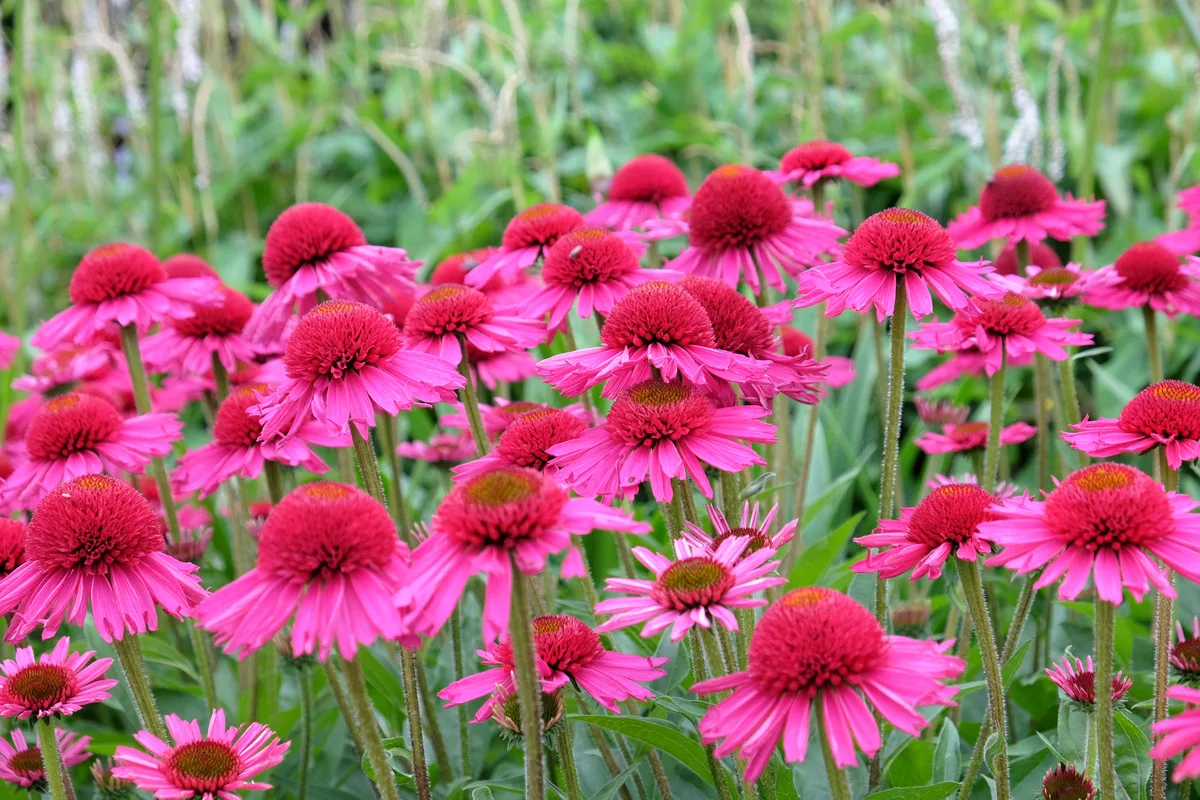
A cherished North American wildflower, Echinacea is at home in cottage, native, and butterfly gardens.
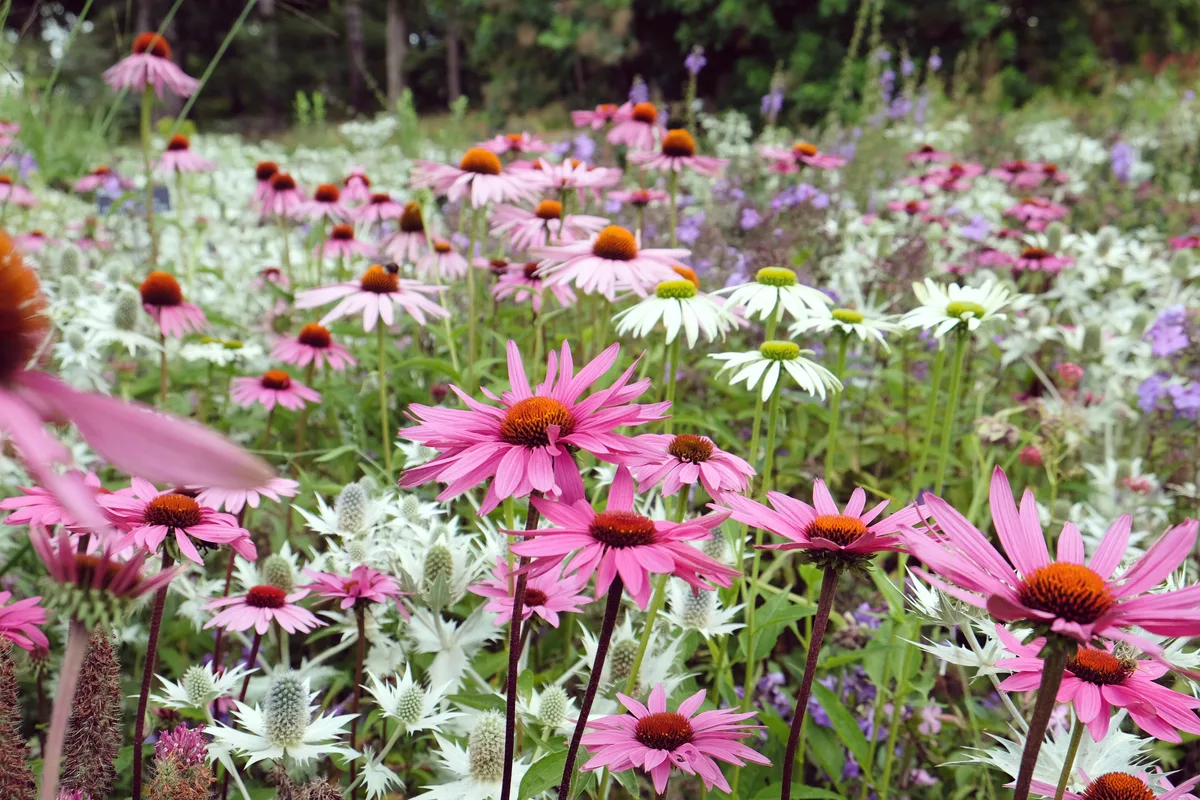
Spoiled for choice, echinacea hybrids are available in a wide range of sizes, flower colors, and bloom variations.
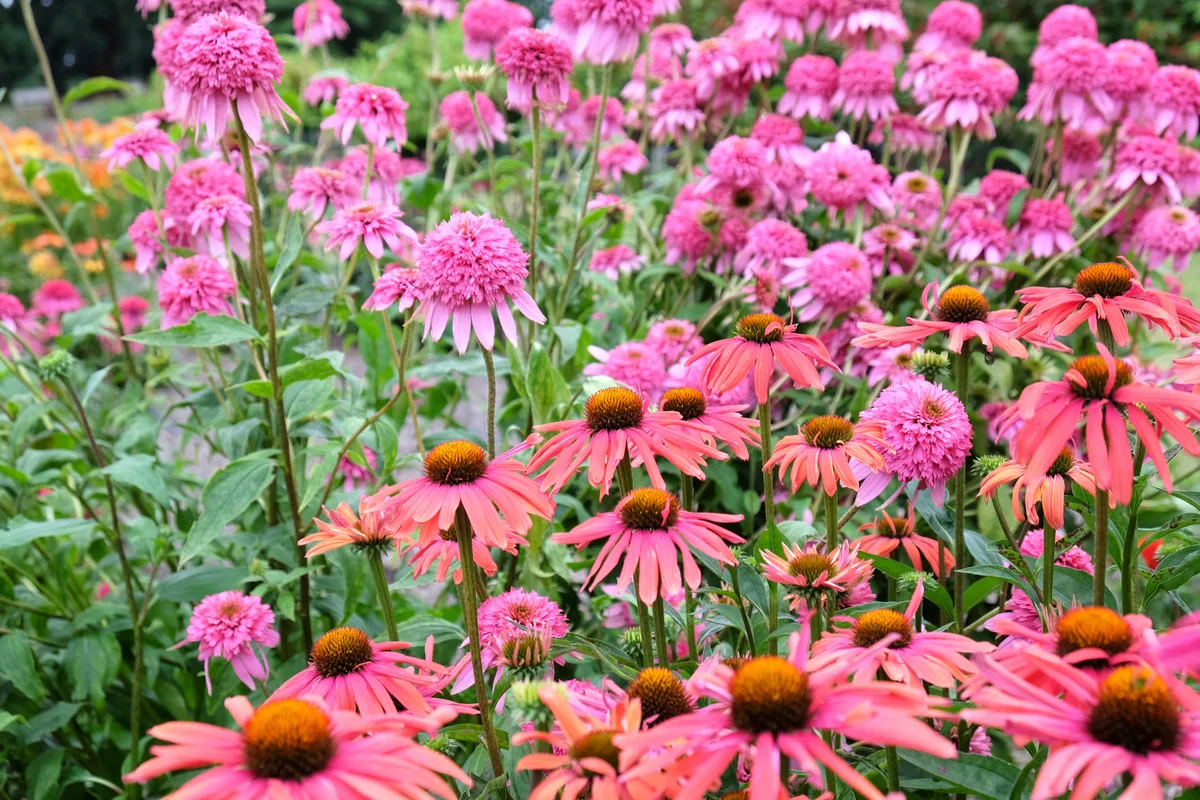
Echinacea Snapshot
| Botanical Name | Echinacea sp. |
| Common Names | Coneflower |
| Plant Type | Herbaceous Perennial |
| Native Origin | Eastern North and Central America |
| USDA Hardiness Zone | 3 to 9 |
| Flower Color | Mixes and solids of pink, purple, yellow, orange, red, white, and green |
| Bloom Time | June through August, extended through fall with diligent deadheading |
| Growth & Size | 2 to 4 feet tall |
| Exposure | Full sun to part shade |
| Suitable Soil & pH | Average well-draining soil, tolerates clay, and soil pH 6.0 to 7.0. |
Plant Care Overview
Well-draining, average soil with moderate moisture in full sun to part shade are keys to excellently happy echinacea.
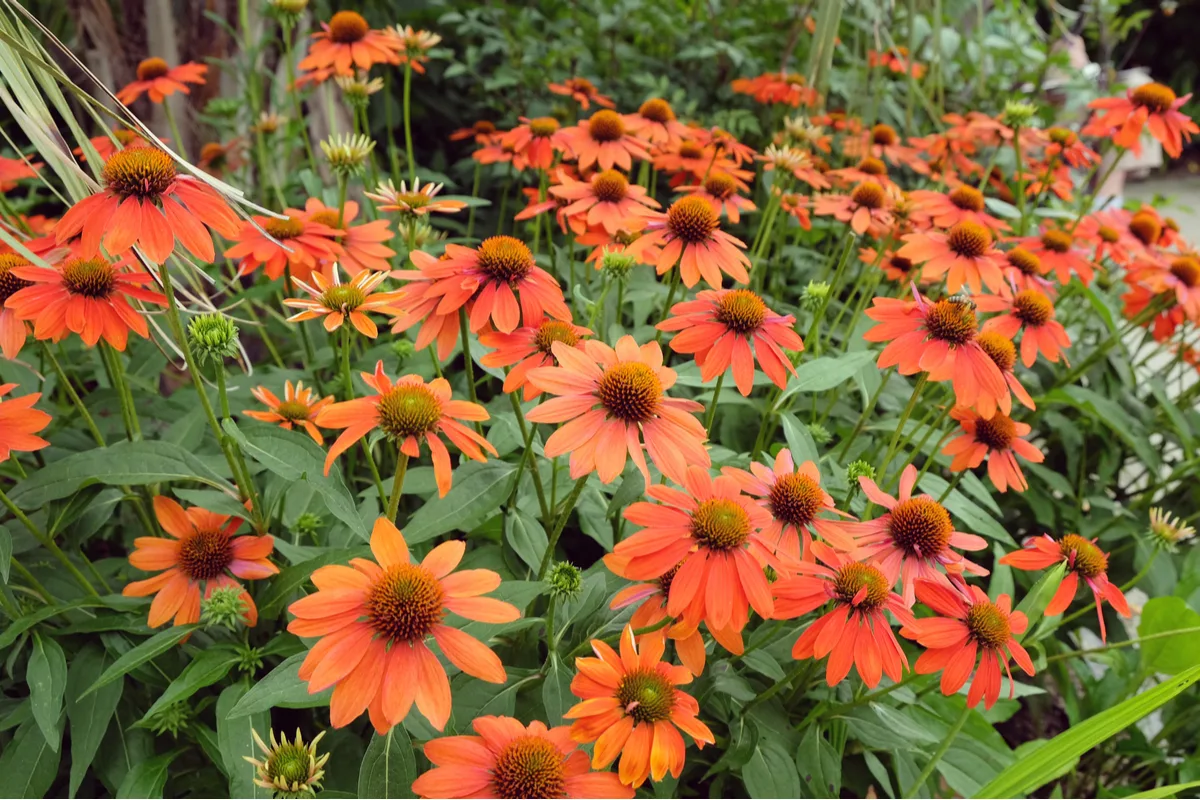
These long-lived perennials are low maintenance, benefitting from division every 4 to 5 years.
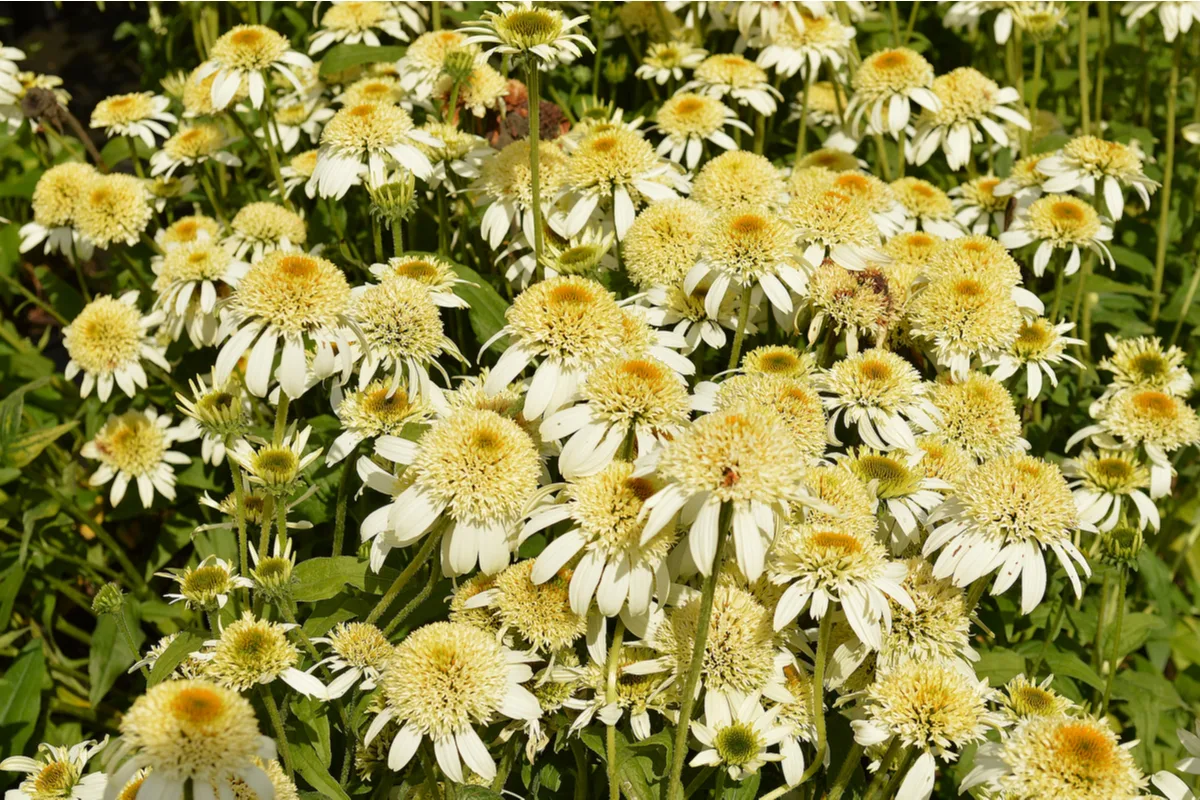
Drought tolerant once established echinacea grow in both woodland and prairie conditions.
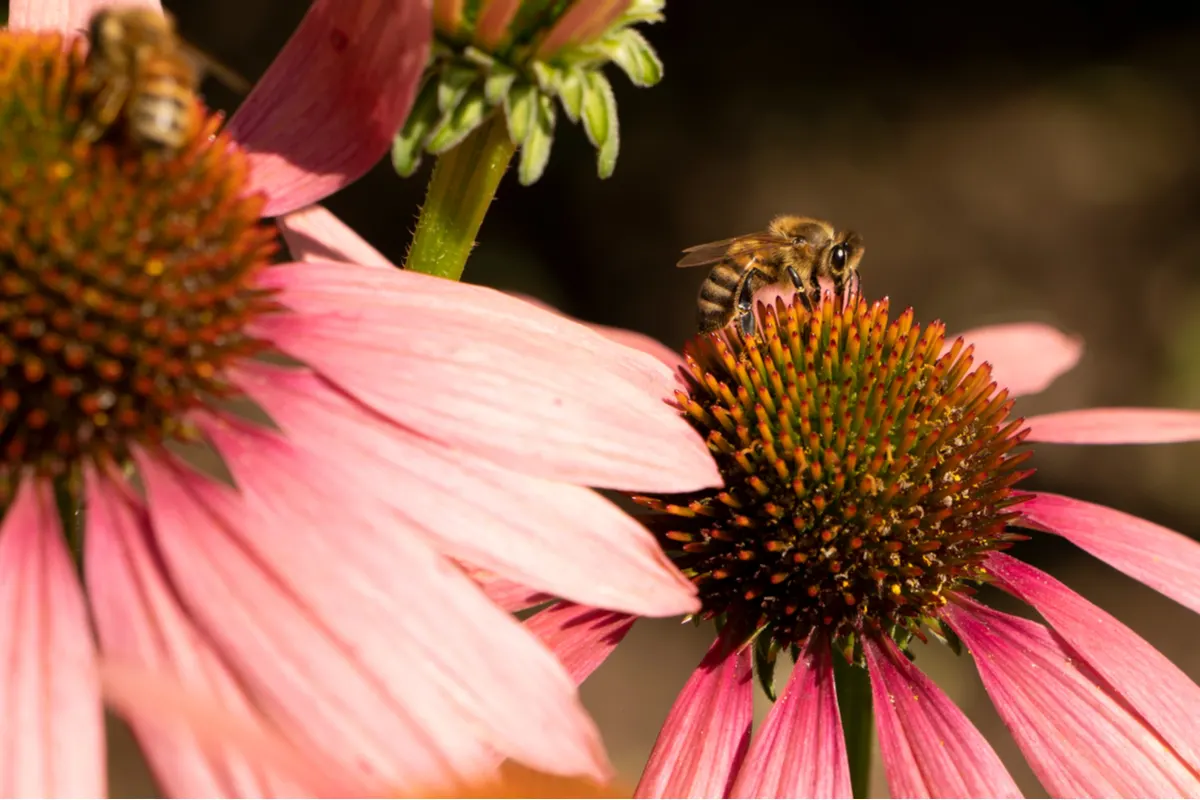
Extend echinacea’s bloom time right through autumn with dedicated deadheading.
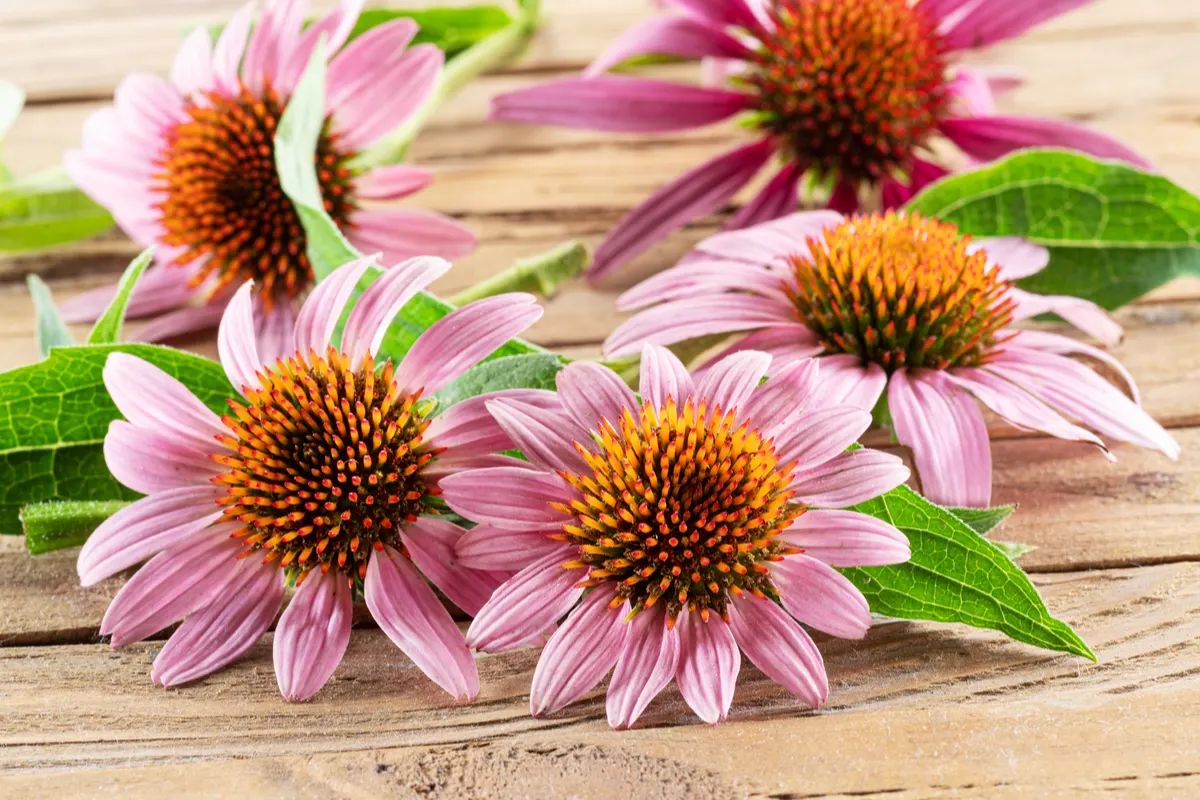
Use them for dried flower ornamental crafts, or echinacea blossoms make wonderful cut flowers in arrangements too!
Planting Location:
- Zone: 3 to 9
- Light: Full Sun to Part Shade
- Soil: Average, well-draining soil with a pH of 6.0 to 7.0.
- Native Habitat: Eastern North and Central America.
- Temperature and Humidity: Wide-ranging conditions from moist woodland to prairie.
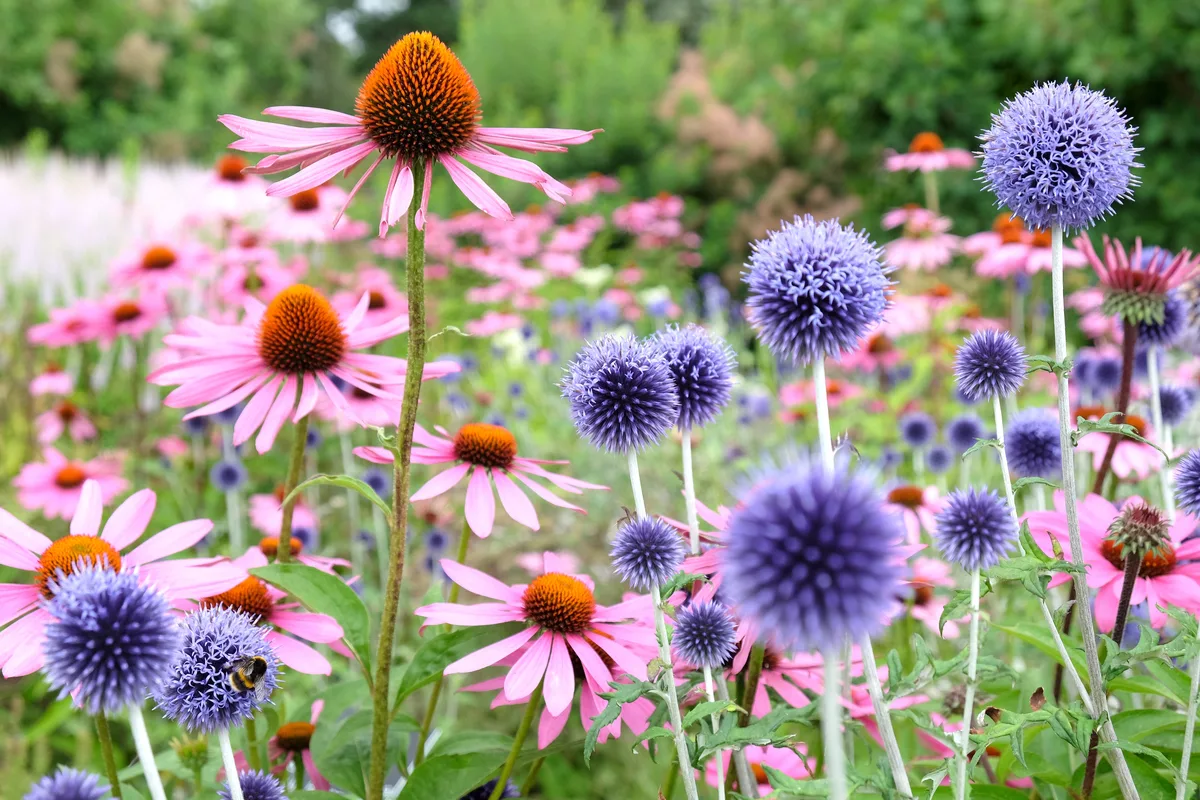
Care Needs:
- Moisture: Water well until established. Drought tolerant once established.
- Maintenance: Easy.
- Feeding: Rarely necessary. In exceptionally poor soil, use a root and bloom fertilizer high in phosphorus, such as bone meal, at the time of planting.
- Pruning / Deadheading: Not required. Cones dry beautifully on plant and can persist through winter. This provides forage for wild birds such as finches. If desired, cut flowers to encourage re-blooming.
- Overwintering: In cold climates, protect plants with mulch and the plant’s own foliage for winter protection. In spring, remove mulch and dead plant material to make way for this season’s new growth.
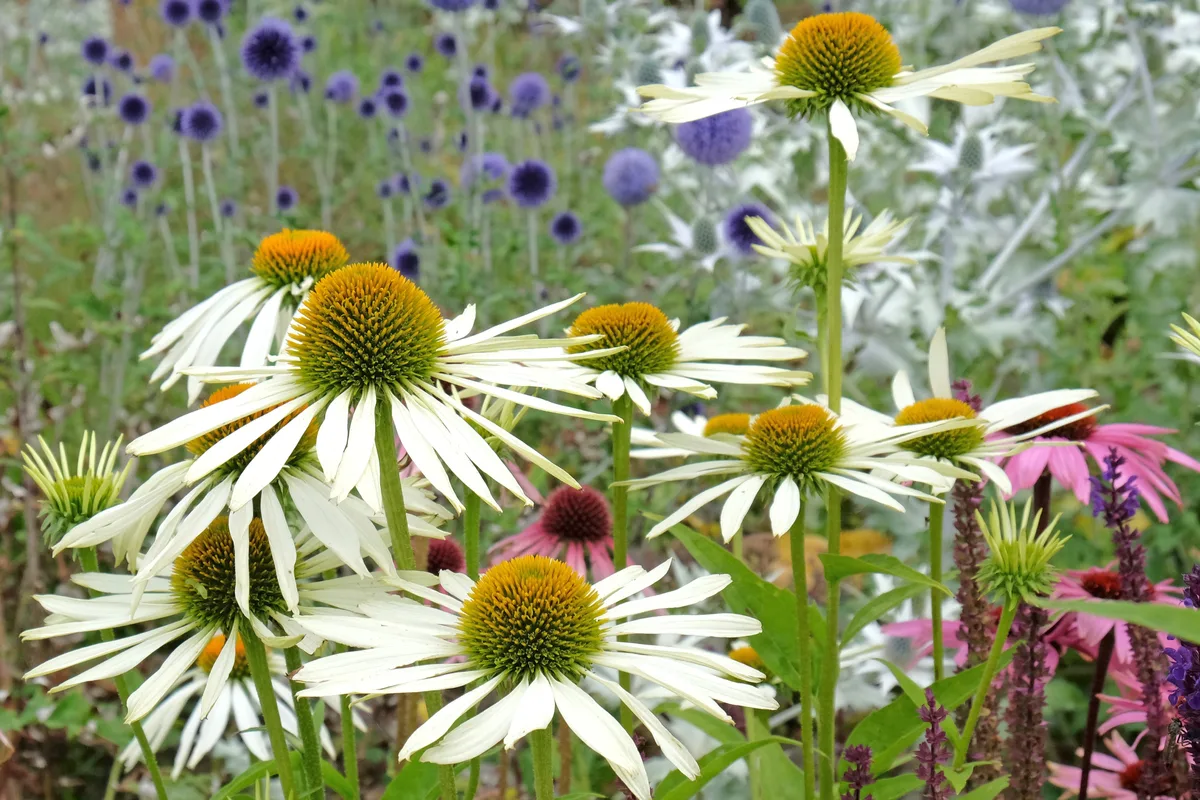
Varieties and Hybrids
Proven Winners®, as well as many plant suppliers have a wide selection of exquisite echinacea cultivars.
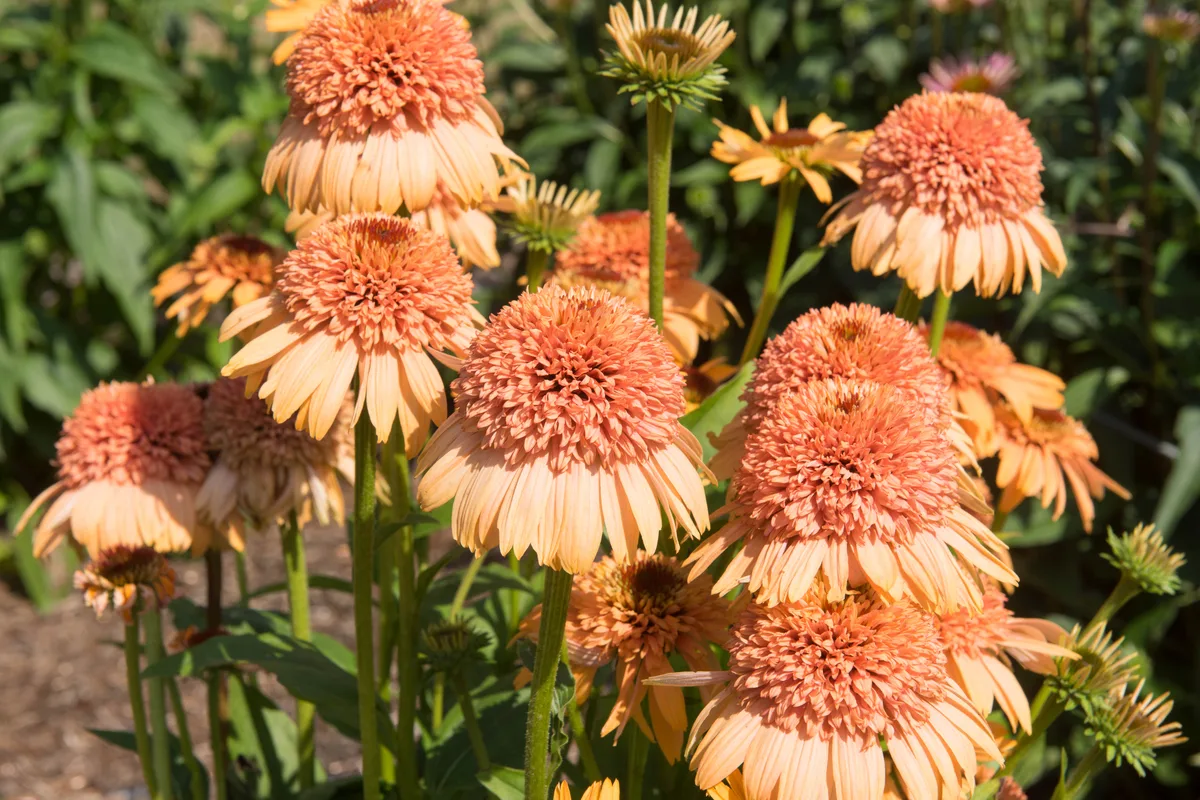
There are 9 to 10 accepted species of echinacea which includes E. angustifolia, E. purpurea, and E. pallida.
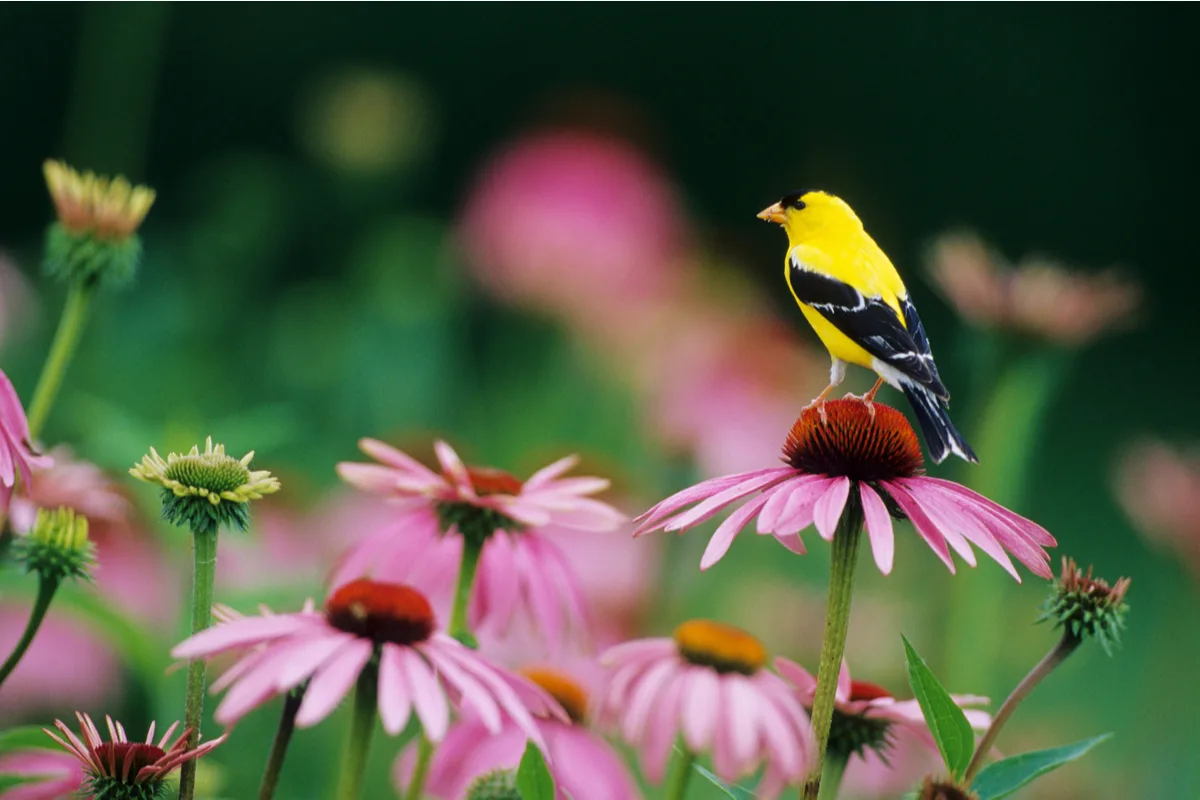
Notable Echinacea Series of Cultivars:
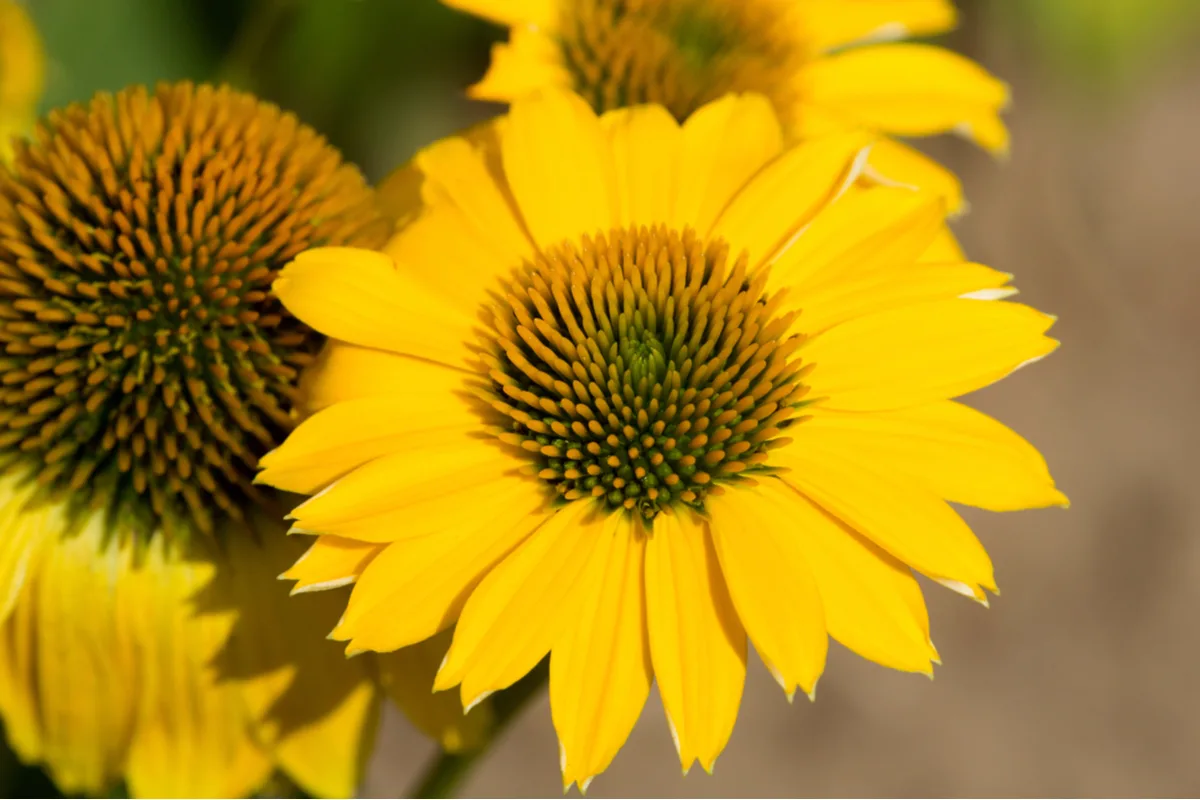
- Sombrero® with overlapping petals for fuller flowers.
- Color Coded® collection has fabulous names such as ‘The Fuchsia is Bright’, and ‘Orange you Awesome’.
- Eye-Catcher® boasts compact plants with giant 5 inch brightly colored blossoms.
- Double-ScoopTM echinacea does double duty with lush double flowers with a raised center cushion.
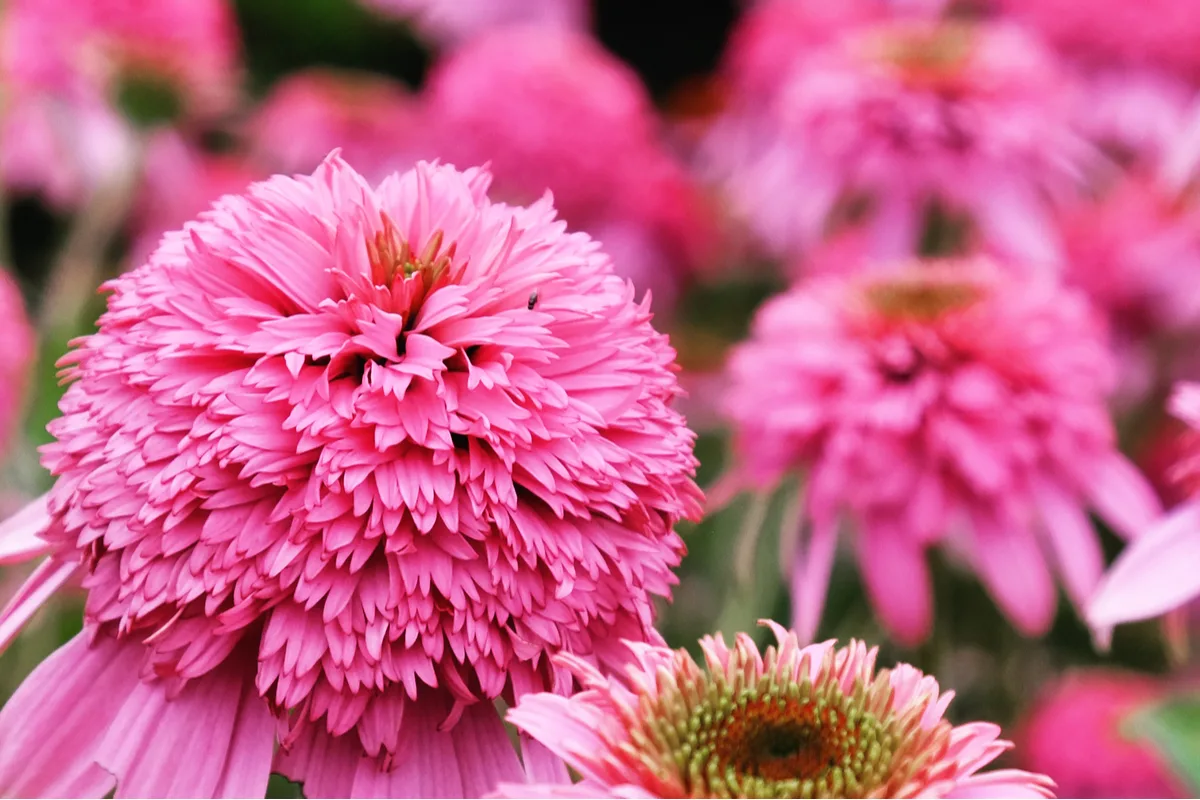
How to Propagate Echinacea
Echinacea can be grown through division, root cuttings, or by seed.
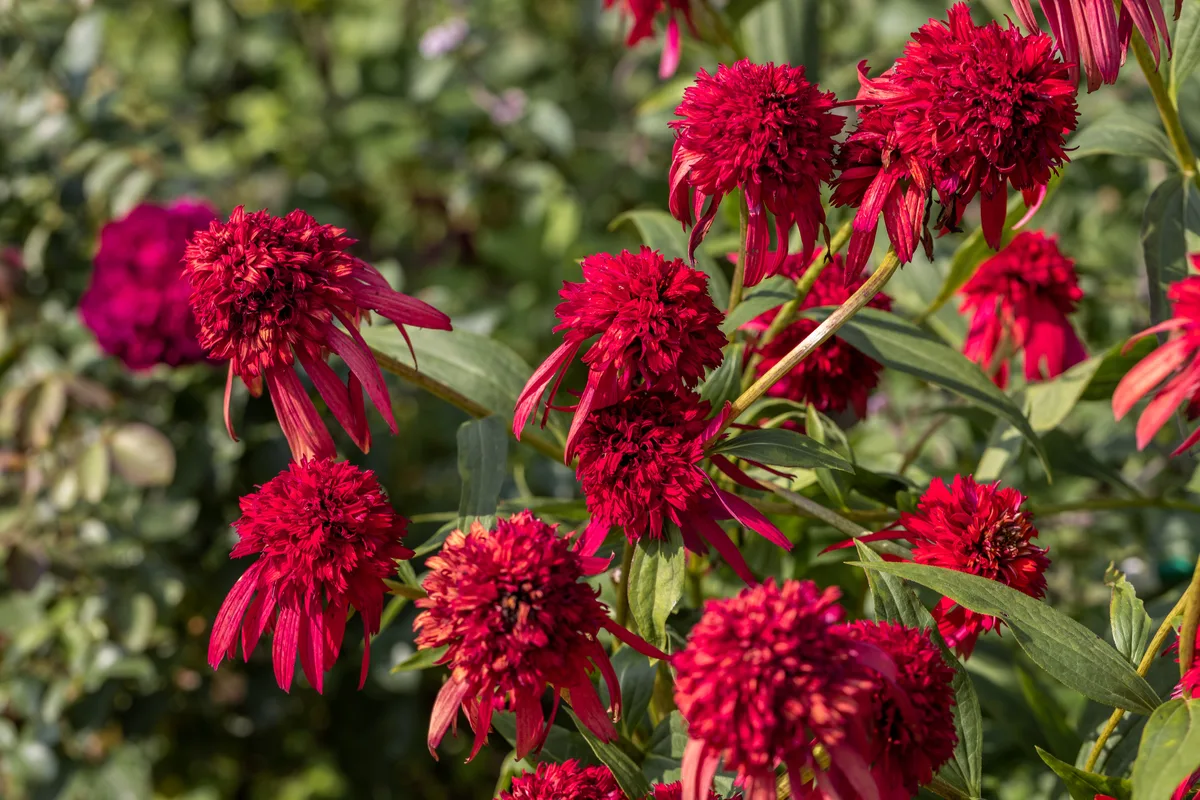
By Division
- The best time to divide plants is in early spring.
- With a shovel or similar tool, cut the root ball in half or quarters.
- Replant roots in average well-draining soil in full sun to part shade.
- Water well until established.
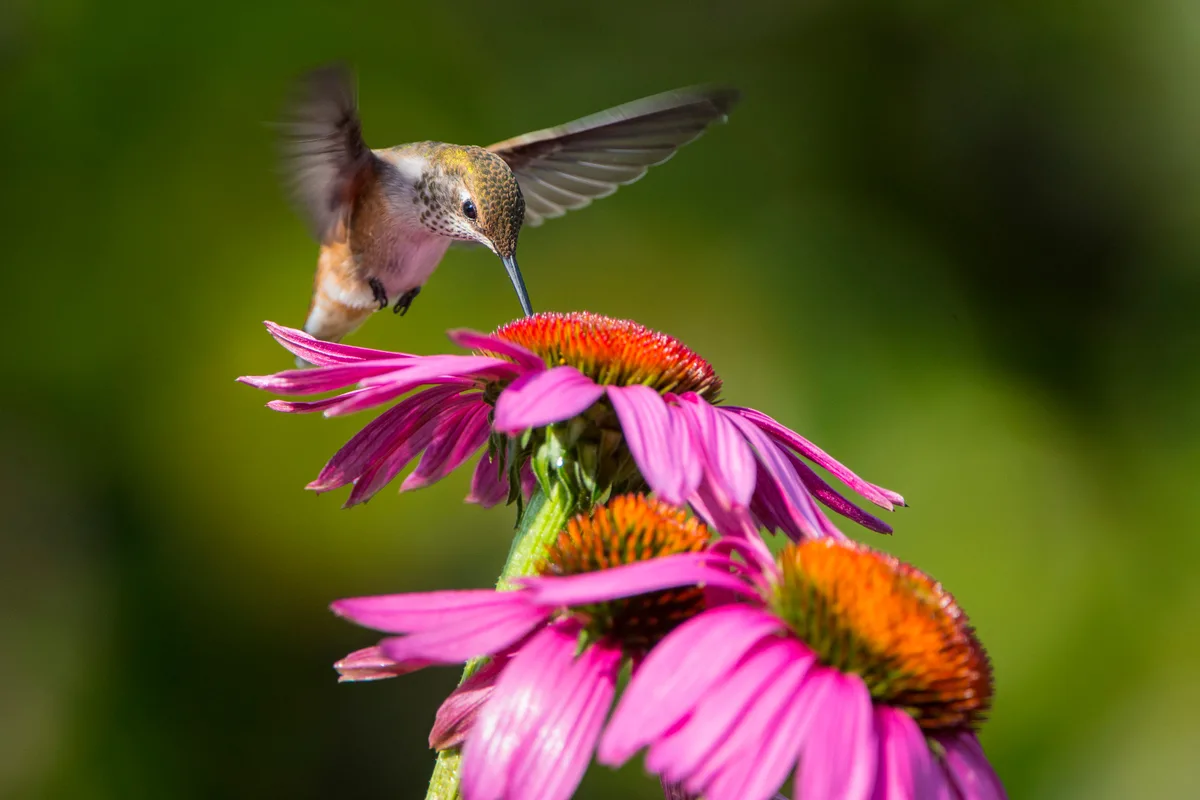
By Seed
Growing echinacea from seed is a great way to produce many plants.
Echinacea can be direct seeded into the garden or started indoors to get a jump on the planting season.
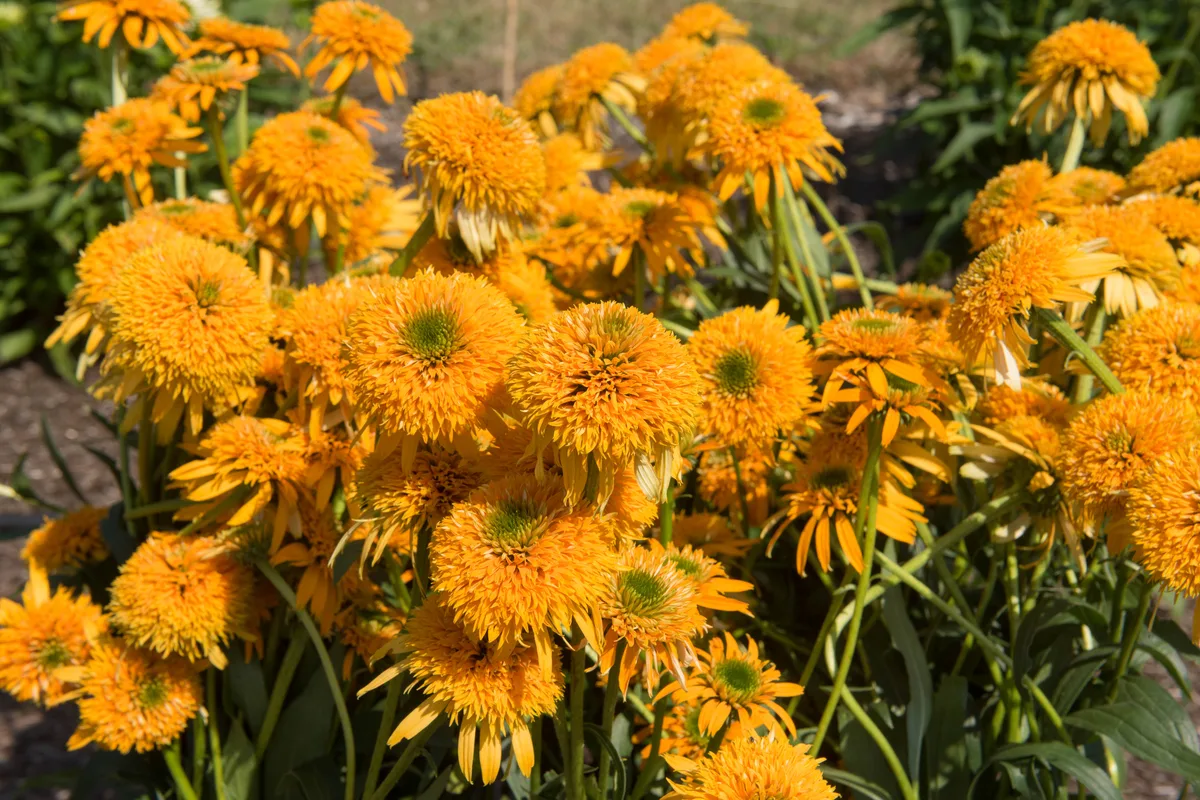
Follow package instructions for echinacea seeds.
As a long-living perennial, plants grown from seed may not produce abundant flowers in the first season of growth.
Your local nursery or favorite online seed supplier may carry a selection of echinacea seeds.
Other great online echinacea seed suppliers are Swallowtail Garden Seeds and Burpee.
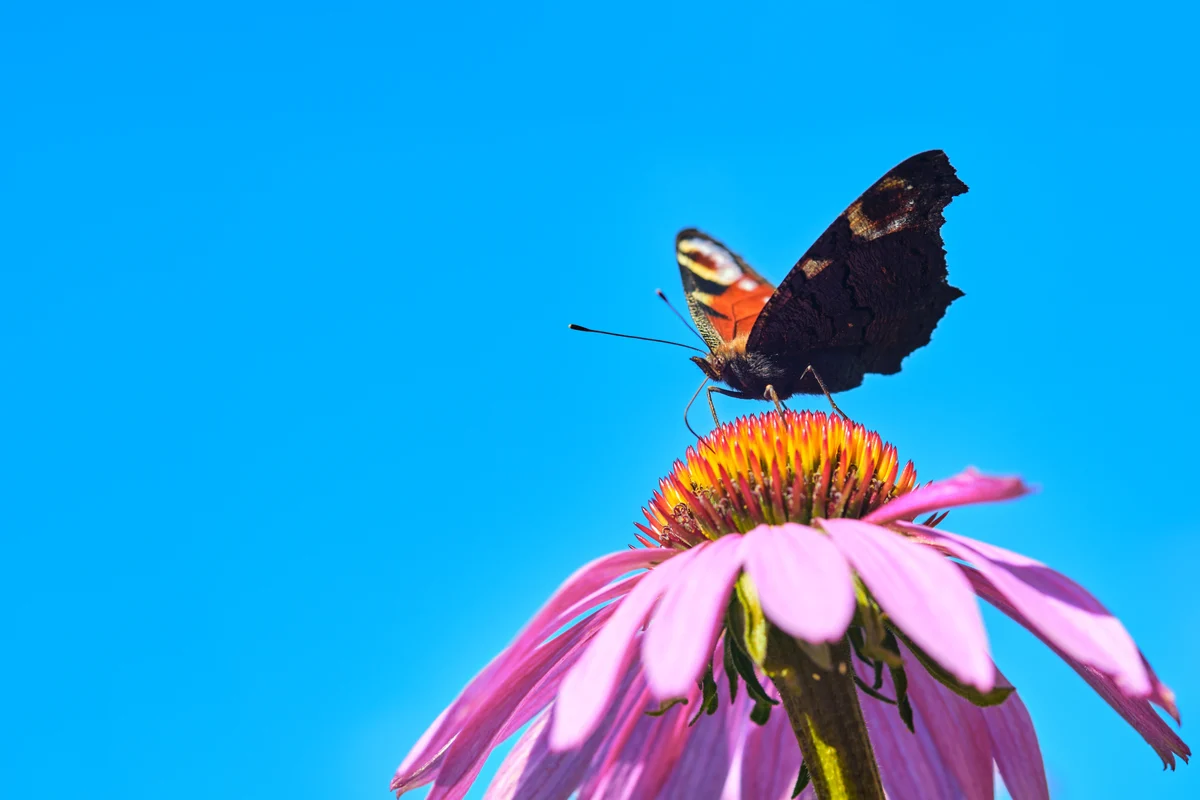
Echinacea is an easy-going, low-maintenance perennial that adds color, beauty, and style everywhere it grows.
